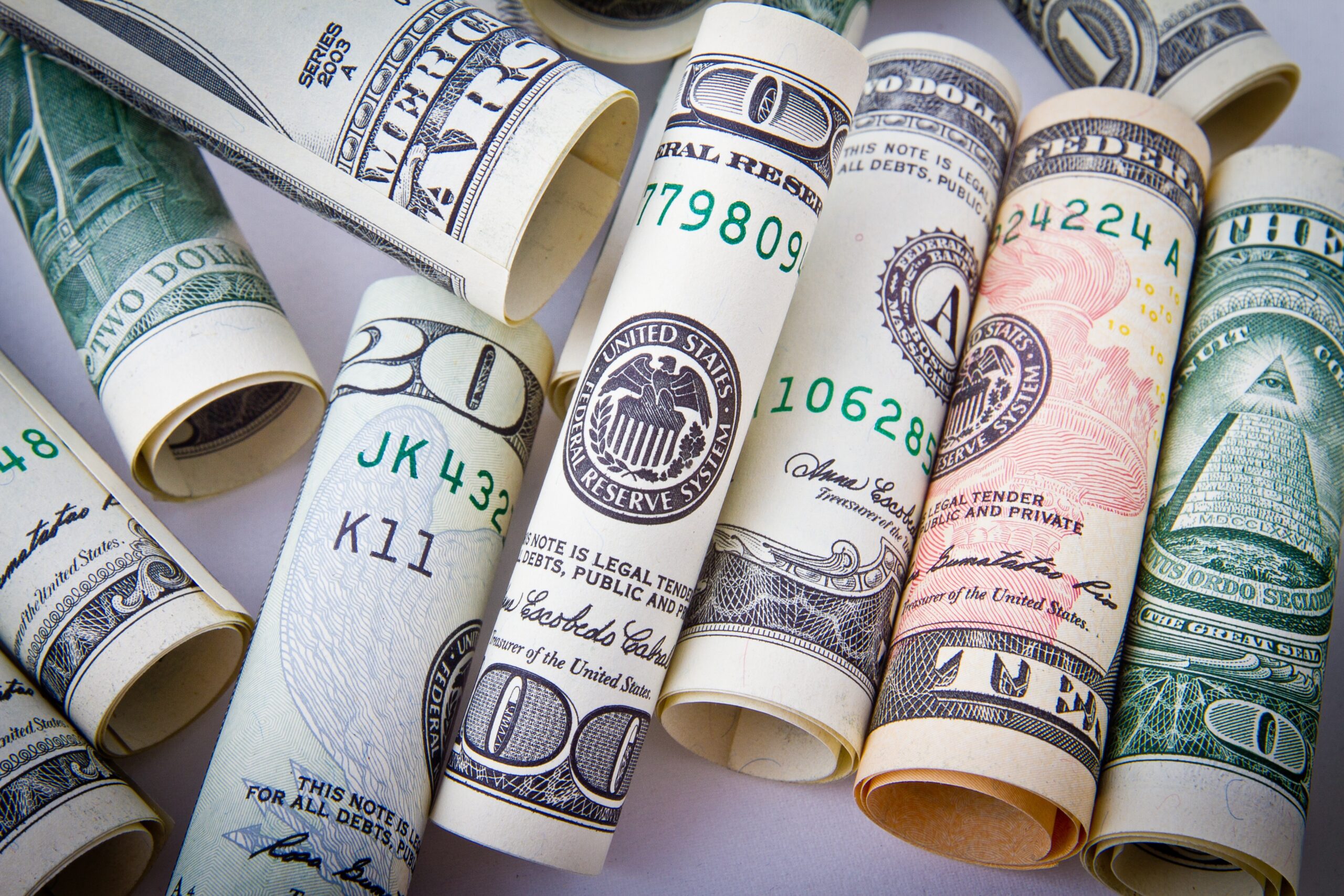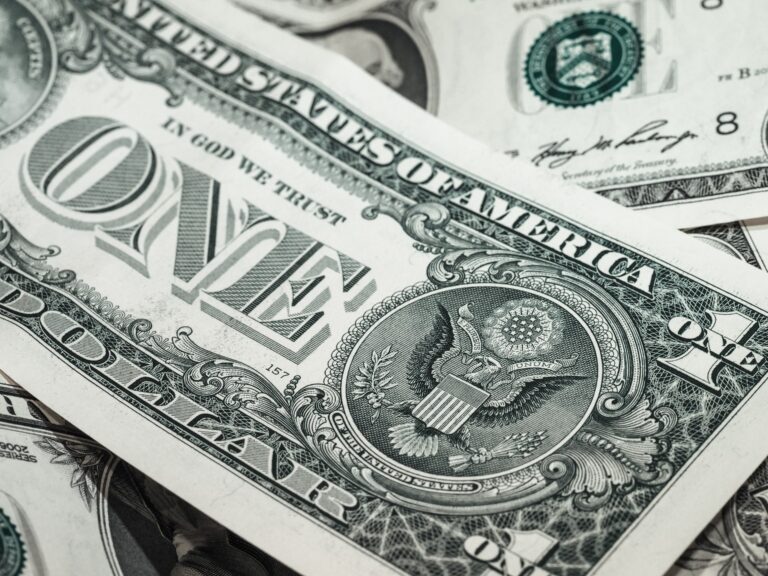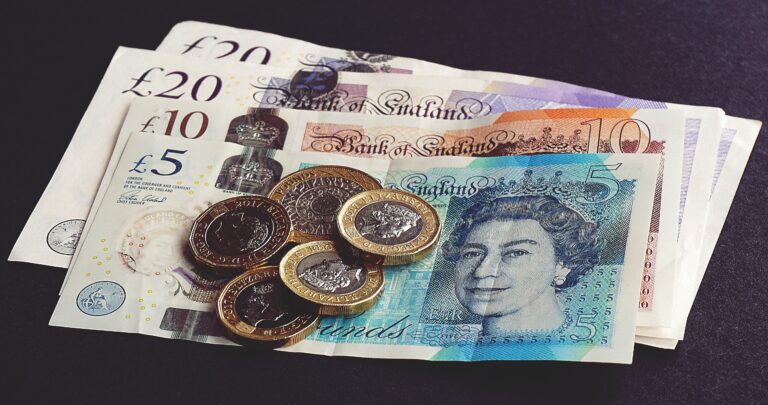
Daily Brief – Change of heart?
Change of heart?
Over the last 24 hours the market has decisively reframed its position of tariffs. Its ability to reshape the logic of tariffs is likely a result of the heightened volatility and risk witnessed throughout the market. The outcome is as follows: tariffs whilst ordinarily and previously thought to be inflationary and a risk to trade might instead prove more of a headache to (US) growth. It has always been known that tariffs are a risk to growth but that this factor was always considered secondary to the typically US Dollar positive elements of trade protectionism and price level effects.
Much of this week’s significant sell-off in USD has been driven by this emerging growth concern. The argument follows that pro-growth and market President Trump hasn’t offset the risk to growth created by tariffs with his former/expected barrage of pro-growth tax cuts and a deregulatory agenda. The perceived weakness in the Dollar is also exacerbated by the overweight influence of the Euro on the majority of its metrics. EURUSD passed through three big figures on Tuesday and continued its ascent yesterday.
The tailwind behind the Euro comes from the announcement of heightened debt issuance within the block. Germany’s disregard to its former debt ceiling was hailed by many as it’s ‘whatever it takes moment’. Hundreds of billions of Euros worth of debt is due to be issued by Germany and the Eurozone as a whole, raising yields across Europe. Despite today’s ECB meeting still expected to see rates cut by 25 basis points you can expect to see Lagarde challenged on the impact of such spending plans on her bank’s forecasts. Ultimately to sustain this Euro rally spending plans would need to be matched with stronger economic consumer/growth data. Europe is unlikely to be immune to the growth risks created by Trump’s tariff agenda forever and the Dollar may head higher once again in the coming months.
Discussion and Analysis by Charles Porter

Related Insights

Daily Brief – A rising tide lifts all boats
A rising tide lifts all boats As the Dollar continues to perform lacklustre oscillations, key pairs remain rangebound. The trend so far this week has been for a mildly weaker Dollar. Given that the Dollar is considered the primary counterparty for most currencies, this creates a rising tide effect across the rest of the market. […]

Daily Brief – Calling time on Swissy
Calling time on Swissy Switzerland’s Franc may be destined to faulter under its own weight. Despite rock bottom interest rates, the Swiss Franc has been a significant beneficiary of the post-Covid and Trump2 world. EURCHF, a key barometer of European risk, shows some 20-cents worth of Swiss rally post-Covid. The pair has dropped from well […]

Daily Brief – A look ahead
A look ahead The UK Pound continues to be influenced by the gilt market and fiscal concerns. Sterling has been a very expensive short this year, contributing to its relative outperformance. In fact, the few episodes of sustained weakness we have seen tended to have either coincided with a global risk-off turn or a sharp […]

